Today we’re visiting with Paul Brothe in Newburgh, New York.
Gardening is relatively new to me. I moved to upstate New York two years ago from Denver. In Denver, I lived in the city and did not have much of a yard. In Newburgh, I have almost six acres. When I moved here there were few flowering plants. Over the past two years I have had a goal to improve the landscape with plants beneficial to bees, birds, and butterflies.
Here are some photos from my garden this autumn.
 This butterfly bush (Buddleia davidii, Zones 5–9) was grown from seed last year. It has become a large bush that attracts many butterflies and bees.
This butterfly bush (Buddleia davidii, Zones 5–9) was grown from seed last year. It has become a large bush that attracts many butterflies and bees.
 Gaillardia (Gaillardia pulchella, Zones 2–11) is one of my favorites. I purposefully took a photo with the seed heads. I am gathering these and will plant them next spring. My original plant was started from seed indoors. I find it easy to grow. The bees swarm all over the flowers in the summer. The yellow-tipped petals are beautiful.
Gaillardia (Gaillardia pulchella, Zones 2–11) is one of my favorites. I purposefully took a photo with the seed heads. I am gathering these and will plant them next spring. My original plant was started from seed indoors. I find it easy to grow. The bees swarm all over the flowers in the summer. The yellow-tipped petals are beautiful.
 Ageratum (Ageratum houstonianum, annual) is a lovely plant. It is one of my experiments this year. I have been developing a neglected acre of my property into a woodland garden. I sowed the ageratum seed in late spring. The tufts of flowers are exceptionally appealing. Earlier in the summer I had some deer damage to the ageratum—a constant problem, as they seemingly will nibble on anything in my yard. I still have many flowers, however.
Ageratum (Ageratum houstonianum, annual) is a lovely plant. It is one of my experiments this year. I have been developing a neglected acre of my property into a woodland garden. I sowed the ageratum seed in late spring. The tufts of flowers are exceptionally appealing. Earlier in the summer I had some deer damage to the ageratum—a constant problem, as they seemingly will nibble on anything in my yard. I still have many flowers, however.
Fall-blooming bearded irises are glorious. Just as everything else is fading, they give brilliant, velvety pops of color. Last year I responded to a Craigslist ad from an elderly woman who wanted help thinning her irises. I took home many rhizomes—for free.
A friend from Minnesota visited for the first time in early spring. When he saw my yard he declared I needed some dahlias (Dahlia variablilis,
Zones 8–10 or as tender bulbs). His parents are avid growers of dahlias.
A big box of gift dahlias arrived in the mail. They have provided many months of spectacular color.
Zinnias (Zinnia elegans,
annual) are easy to grow from seed and are beloved by bees and butterflies. I grew hundreds of them this summer. This is a purple Zinderella. Some of the Zinderella zinnias are double flowers, but many are single. The mottled petals were especially attractive.
The hydrangea (Hydrangea paniculata,
Zones 3–8) by the front door walkway needed pruning.
Having already filled vases in the house with drying panicles, I shifted my attention outside and arranged large bouquets in the urns in my yard.
This urn is surrounded by wild asters. I did not plant them. They seeded themselves and have been blooming for months.
My garden is an experiment. I am constantly learning, researching, and experimenting. I like the satisfaction of growing plants from seed. Because my yard is large, it is the neighborhood park. My neighbor walks her newborn baby and toddler every day through the park. My garden then isn’t just for me; it is something I share with everyone around me.(Paul shares more of his garden on his blog.)
Have a garden you’d like to share?
Have photos to share? We’d love to see your garden, a particular collection of plants you love, or a wonderful garden you had the chance to visit!
To submit, send 5-10 photos to gpod@taunton.com along with some information about the plants in the pictures and where you took the photos. We’d love to hear where you are located, how long you’ve been gardening, successes you are proud of, failures you learned from, hopes for the future, favorite plants, or funny stories from your garden.
If you want to send photos in separate emails to the GPOD email box that is just fine.
Have a mobile phone? Tag your photos on Facebook, Instagram or Twitter with #FineGardening!
You don’t have to be a professional garden photographer – check out our garden photography tips!
Do you receive the GPOD by email yet? Sign up here.
Fine Gardening Recommended Products
The Nature of Oaks: The Rich Ecology of Our Most Essential Native Trees
Fine Gardening receives a commission for items purchased through links on this site, including Amazon Associates and other affiliate advertising programs.
The Nature of Oaks reveals what is going on in oak trees month by month, highlighting the seasonal cycles of life, death, and renewal. From woodpeckers who collect and store hundreds of acorns for sustenance to the beauty of jewel caterpillars, Doug Tallamy illuminates and celebrates the wonders that occur right in our own backyards. He also shares practical advice about how to plant and care for an oak, along with information about the best oak species for your area.
VegTrug Classic Cold Frame
Fine Gardening receives a commission for items purchased through links on this site, including Amazon Associates and other affiliate advertising programs.
Provide a natural growing habitat for your plants with VegTrug’s durable and versatile Cold Frame. A spacious and visually attractive cold frame provides the perfect microclimate environment to extend your growing season. The wood frame has 6mm double insulated and shatterproof polycarbonate that safeguards your plants from extreme weather conditions.
Bird Houses for Outside Clearance with Copper Guard, Cedar Bird House Outdoor, Bluebird Finch Swallow Wren Chickadee
Fine Gardening receives a commission for items purchased through links on this site, including Amazon Associates and other affiliate advertising programs.
1-1/2" ENTRANCE HOLE SIZE: SISTERBIRD bluebird houses for outside have a properly-sized entrance hole, through this blue bird houses for outside you can attract desirable species to your bluebird house, such as Bluebird, Wren, Tree Swallow, Chickadees, etc. While this blue bird house excluding predators and unwanted occupants, for example, European starlings. HIGH-QUALITY MATERIALS: SISTERBIRD birdhouse kits for kids and adults use untreated, unpainted cedar. bluebird nesting box has a rough surface, and birdhouses for outdoors can give birds a foothold as they enter and exit the cedar bluebird house. Cedar of birdhouses for outdoors clearance also can keep out weather-related damage. SAFE HOME FOR FLEDGLINGS: SISTERBIRD Bluebird BirdHouse Box with copper predator guard around the entrance hole can help young birds against predators. These birdhouses for outdoors interior grooves, like a small ladder, help young birds leave the cedar bird houses for outside, especially swallows and bluebirds. A great birdhouses for outside clearance for creating a trail. EASY AND FUN TO ASSEMBLE: Just use a screwdriver, you can experience the thrill of working with your family to build blue bird houses, and feel the pride that comes from building a bird nesting box for little birds. You can also DIY, paint it, making blue bird box special and unique, build your own blue bird houses for outdoors. EASY TO CLEAN & REUSABLE: SISTERBIRD wooden bird houses front door opens for easy cleaning after fledglings have left. When the season is over, clean out the blue bird boxes for outside and save bluebird birdhouses for outdoors clearance for next spring.

 This butterfly bush (Buddleia davidii, Zones 5–9) was grown from seed last year. It has become a large bush that attracts many butterflies and bees.
This butterfly bush (Buddleia davidii, Zones 5–9) was grown from seed last year. It has become a large bush that attracts many butterflies and bees. Gaillardia (Gaillardia pulchella, Zones 2–11) is one of my favorites. I purposefully took a photo with the seed heads. I am gathering these and will plant them next spring. My original plant was started from seed indoors. I find it easy to grow. The bees swarm all over the flowers in the summer. The yellow-tipped petals are beautiful.
Gaillardia (Gaillardia pulchella, Zones 2–11) is one of my favorites. I purposefully took a photo with the seed heads. I am gathering these and will plant them next spring. My original plant was started from seed indoors. I find it easy to grow. The bees swarm all over the flowers in the summer. The yellow-tipped petals are beautiful. Ageratum (Ageratum houstonianum, annual) is a lovely plant. It is one of my experiments this year. I have been developing a neglected acre of my property into a woodland garden. I sowed the ageratum seed in late spring. The tufts of flowers are exceptionally appealing. Earlier in the summer I had some deer damage to the ageratum—a constant problem, as they seemingly will nibble on anything in my yard. I still have many flowers, however.
Ageratum (Ageratum houstonianum, annual) is a lovely plant. It is one of my experiments this year. I have been developing a neglected acre of my property into a woodland garden. I sowed the ageratum seed in late spring. The tufts of flowers are exceptionally appealing. Earlier in the summer I had some deer damage to the ageratum—a constant problem, as they seemingly will nibble on anything in my yard. I still have many flowers, however.






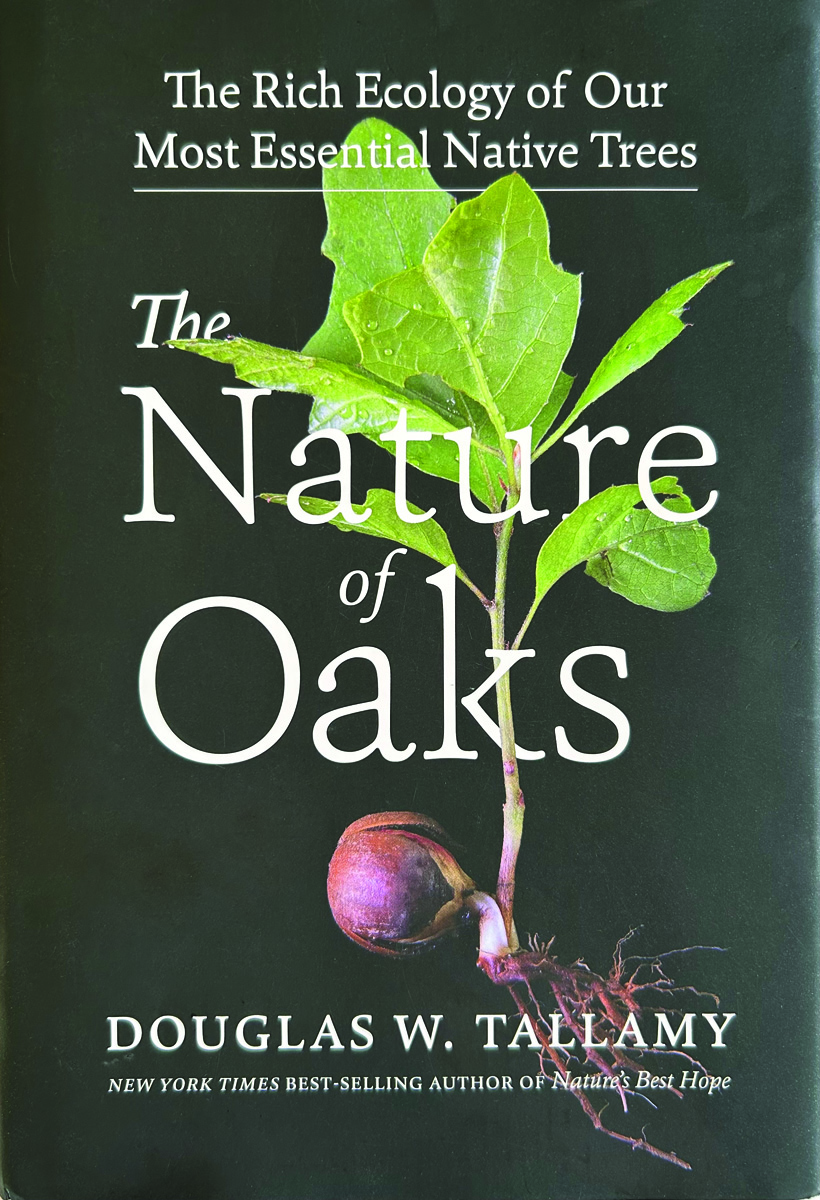
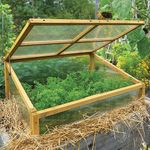
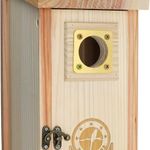

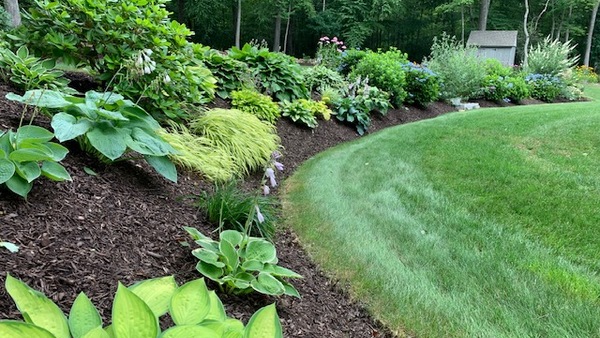

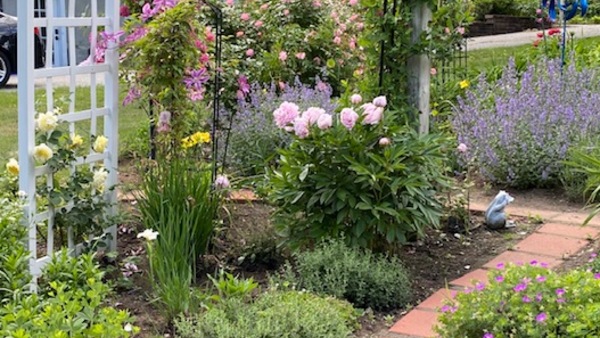

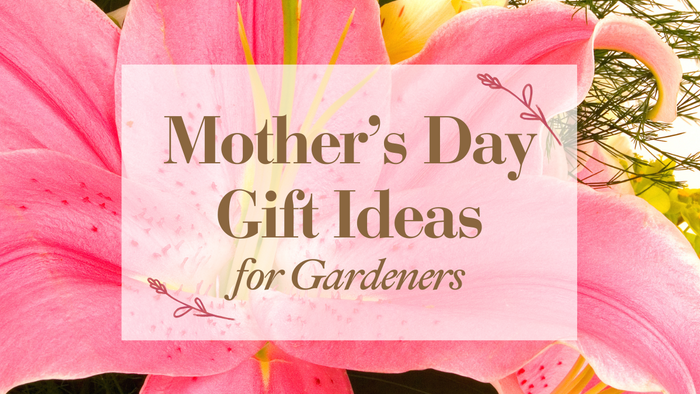
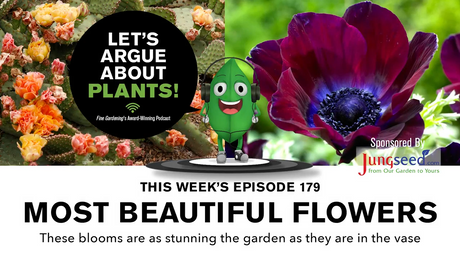
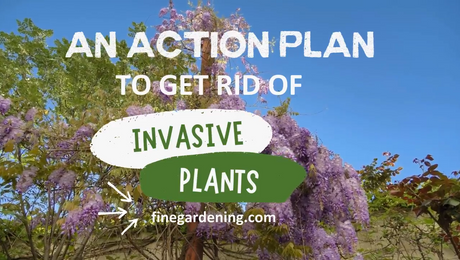


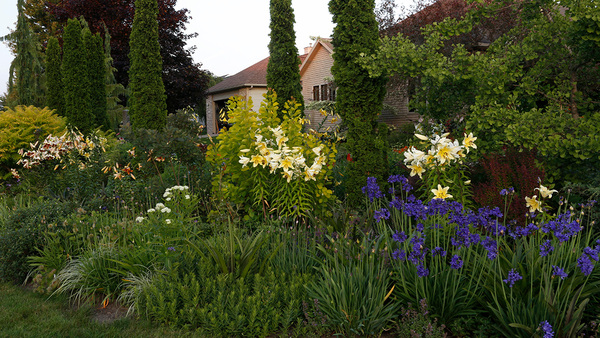



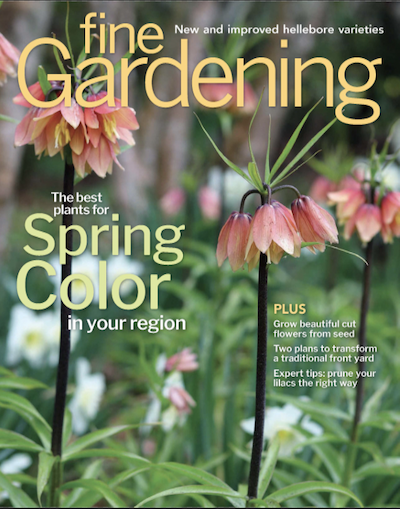



Comments
Coming from the Pine Barrens of NJ, I was especially in awe of the stone walls, as rocks and stones are hard to come by here. Not having a ton of money to spare has also made me search for bargains. With all the land you have, you can experiment to your hearts content. Gardening has been a blessing for me, and a great creative outlet...looks like you've caught the bug.
I love it! Beauty everywhere!
Wonderful!
And I'm envious of your beautiful rock wall!
Best wishes in your continued experimentation and success s. Wish I could visit!🌿
What a beautiful start you have made on your garden! And what fun to have so much space. I highly recommend you read Doug Tallamy's book 'Nature's Best Hope' since you are interested in gardening for bee's, birds, and butterflies. Post pictures again as your garden develops! Have fun!
I love the photo of the butterfly at the butterfly bush with your house behind it, the composition is so cool, it's like a house portrait taken very creatively...nice idea.
I read you had problems with dear eating your Ageratum and I would like to recommend http://www.newmoonnursery.com/plant/Eupatorium-coelestinum I just grew some this year and they bloom late autumn, tall and they are said to be something deer don't want to eat...and Oh it's a perennial!
Love your garden and your goal of adding things for the bees and butterflies!
oops I really like DEER and spelled it DEAR...but you know what I mean.
Paul - thank you for sharing your love of gardening with us. Like that Gaillardia pulchella - I have not grown it yet but have seen in flourishing in many places - last place Folly Beach, SC. Story about helping to thin irises is terrific.
Looked at your thoughtful blog. Visited Hudson Valley area a lot as a child - love historic homes. Built-ins are wonderful.
And we all know that we don't consider deer to be dear when they're in our gardens! : ) I love that your garden has become a park for your neighbors - that's lovely. How great that you got the irises from helping helping the lady with her gardening chores! They are all the more beautiful for that.
Love it!
There are so many wonderful stories in your post, beginning with just two years in this garden, to the iris from your elderly neighbor to your garden being a park enjoyed by your neighborhood. I'm inspired by your photos of gaillardia to try growing it again. Looking forward to more photos documenting your experiments!
Paul, you are to be congratulated for your outstanding successes as a new gardener! Seed starting is a challenge all its own, and your additional challenge of learning which plants are desirable to the pollinators in your area makes your accomplishments even more notable. Keep up the good work! And definitely send more pictures as your gardens develop.
Log in or create an account to post a comment.
Sign up Log in